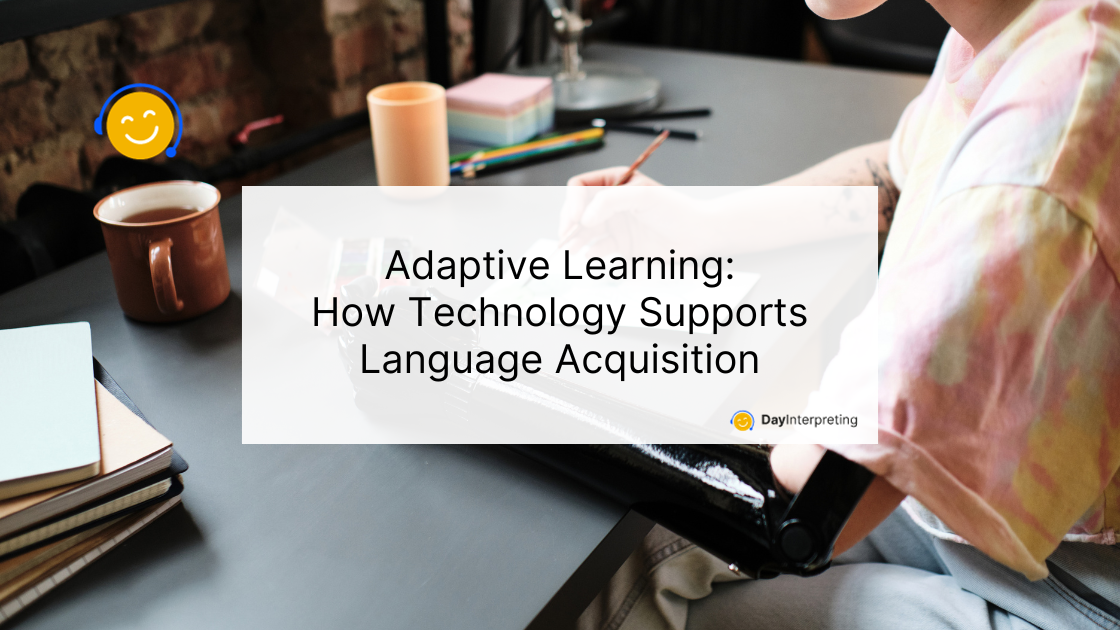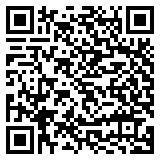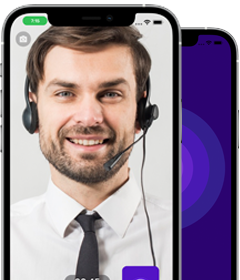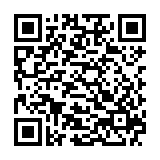Learning a new language in a traditional classroom setting can be less than ideal. With 30 or more students in a class, verbal exercises often result in a cacophony of excitement and confusion. Feedback primarily from peers makes the learning process slow and challenging to measure. However, psycholinguistic research suggests that true language learning occurs when it takes place “in the wild.” This type of adaptive learning engages implicit memory systems, which help deeply embed a language. The more aural and visual opportunities a student has to experience a language, the better their understanding and proficiency. Practice and language immersion are essential in this context.
Traditional, one-dimensional textbooks fall short in providing these rich language experiences. As a result, there is a growing demand for digital solutions that can bring language learning to life, and publishers are exploring the benefits of adaptive learning technology.
Adaptive learning technology takes a learner-first approach, focusing on improving learning outcomes and experiences. Its ability to deliver personalized and comprehensive solutions positions it as a valuable commercial asset and a market differentiator.
So, how does this technology support language learning, and how does it tie in with interpreting services?
How Adaptive Learning Technology Supports Languages
The effectiveness of an adaptive learning solution hinges on the learning design and curriculum mapping. While the initial versions of this technology were applied to subjects like mathematics, where the learning path has clear dependencies (e.g., addition and subtraction before multiplication), language subjects follow a more nuanced spiral path.
In language learning, the journey is akin to a layered spiral, directly linked to the European framework for language learning. This approach gradually builds knowledge, supplying it in manageable increments. Instead of memorizing an entire language’s vocabulary and grammar before engaging in practical conversation, adaptive learning technology encourages learners to start with a basic vocabulary and grammar foundation and gradually expand their linguistic skills over time.
Supporting Interleaved Practice
Creating effective adaptive learning solutions begins with understanding this unique learning path. Educational experts and editors employ a curriculum mapping tool to visualize the abstract path and establish connections between various subject matter elements.
The outcome is a comprehensive visualization of the required interleaved practice, broken down into distinct “buckets” that require content. The technology then skillfully assembles and reassembles these elements, presenting learners with the most relevant content as they interact with the solution.
The Benefits of Responsive Learning
Adaptive learning technology offers considerable benefits, even at a basic level. For instance, a student working on a traditional homework assignment may not receive immediate feedback on spelling or context. In contrast, adaptive learning solutions offer instant feedback, engaging students with relevant insights. This immediate feedback empowers them to make quick adjustments and take ownership of their learning.
When used as a homework tool, it aids students in grasping the basics of language translation and sentence structure. Content sequencing ensures that fundamental phrasing is mastered before tackling more complex language constructs.
Students preparing for language proficiency exams or seeking to strengthen their foundation across multiple subjects can benefit greatly from adaptive learning technologies. For learners aiming to excel in standardized assessments, exploring curated AP exam review materials—featuring notes, study guides, and flashcards tailored to a diverse range of subjects—can further reinforce critical knowledge and boost confidence on test day.
However, it’s crucial to remember that no educational technology can fully replicate the dynamics of a classroom. Language learning thrives on communication, the interactive back-and-forth of a conversation. This is most effective when done in-person with teachers, peers, or native speakers.
Interpreting Services and Language Learning
Incorporating interpreting services into the language learning process can further enrich the experience. Interpreters play a pivotal role in bridging language gaps and facilitating effective communication. Whether in a classroom or a real-world context, interpreters can help learners understand and interact in a foreign language more comfortably.
In conclusion, adaptive learning technology provides a modern solution to the challenges of language learning. Its ability to tailor the learning experience to each individual’s unique path, combined with the support of interpreting services, can significantly enhance the journey of mastering a new language. While technology is a valuable tool, it should complement, rather than replace, the irreplaceable art of classroom dynamics and the importance of real-world communication.





0 Comments